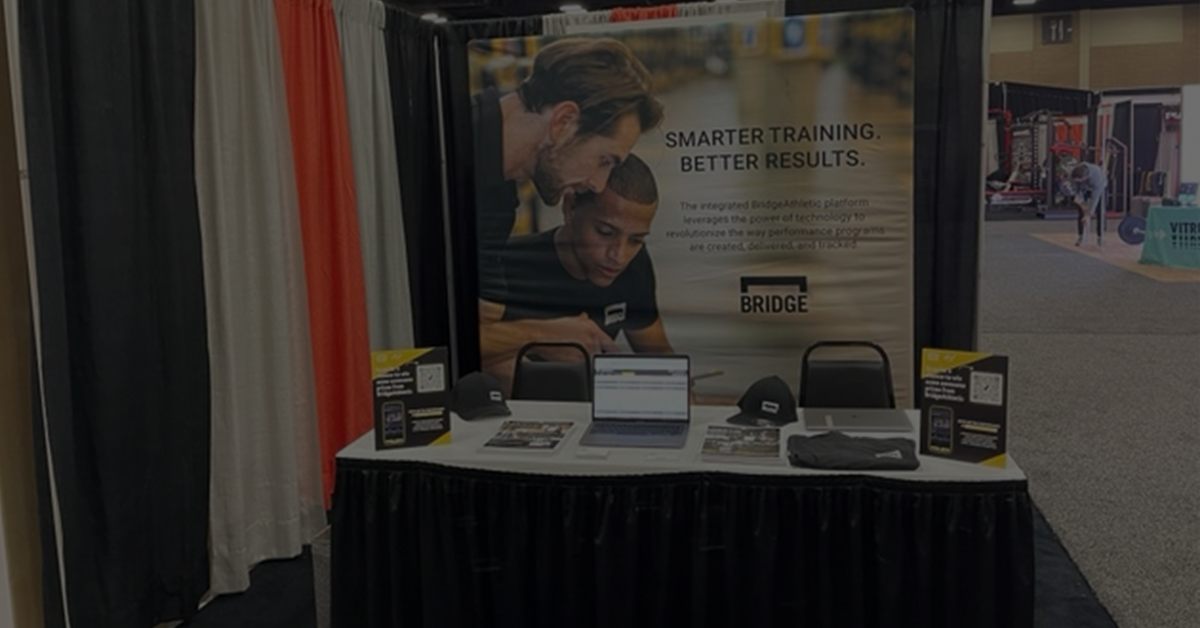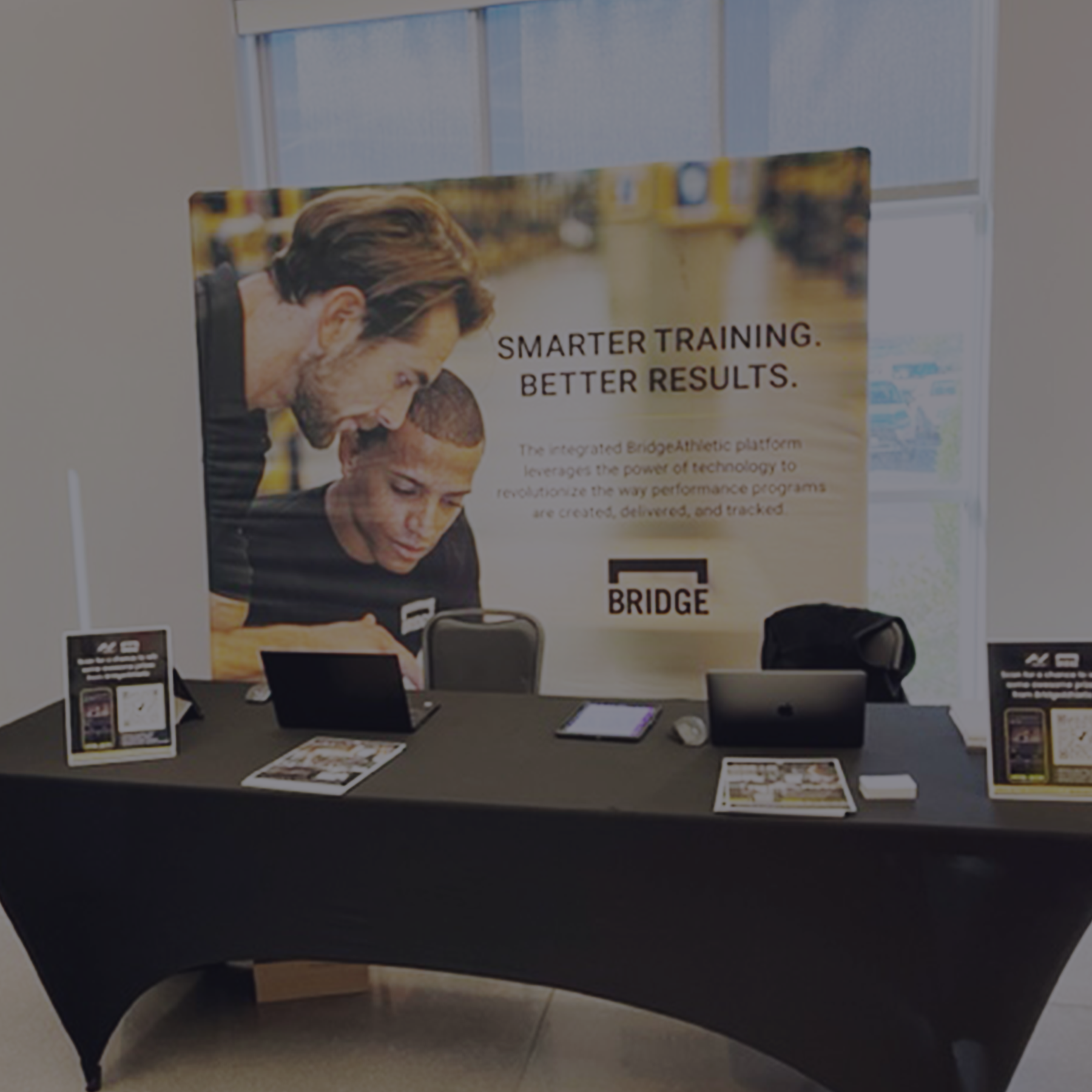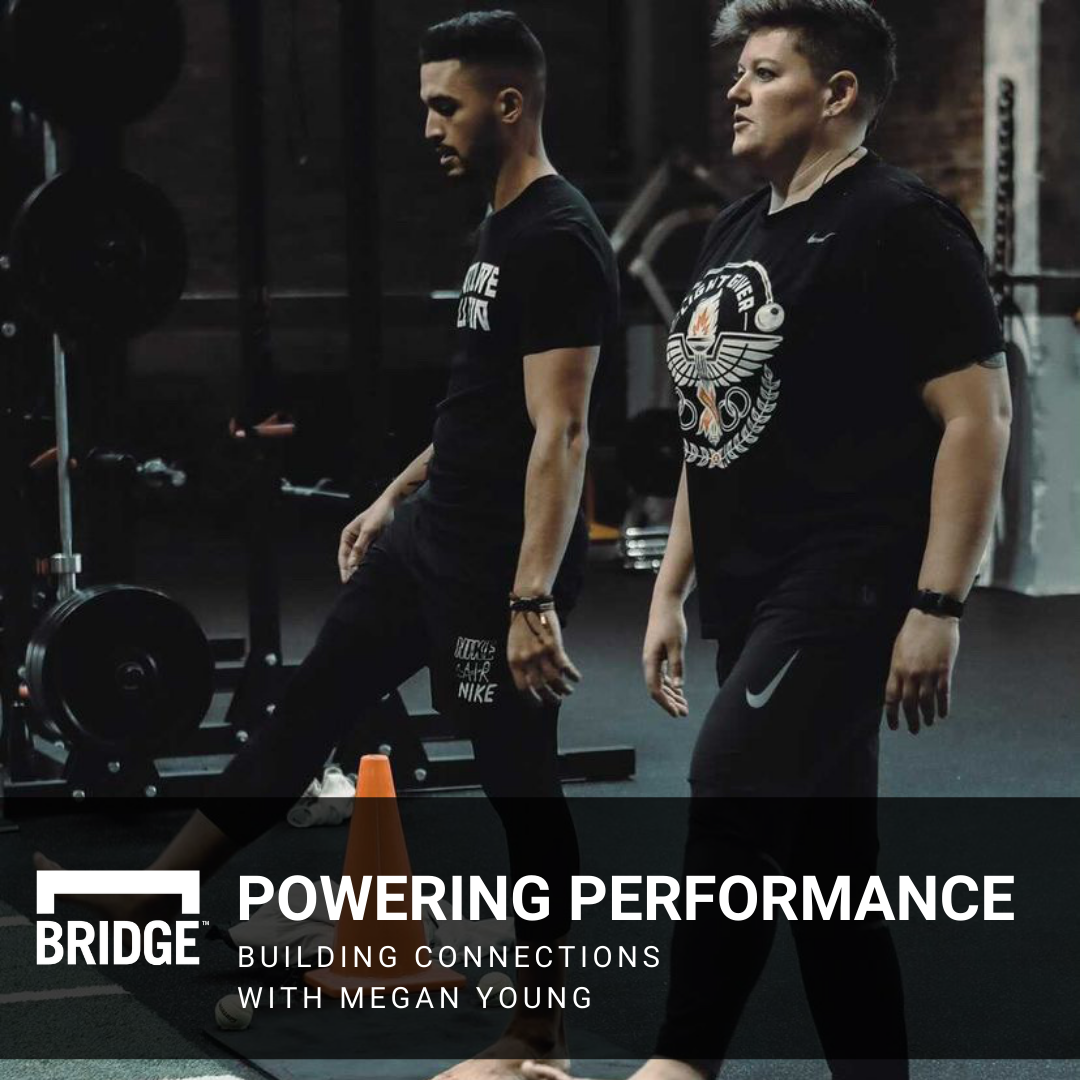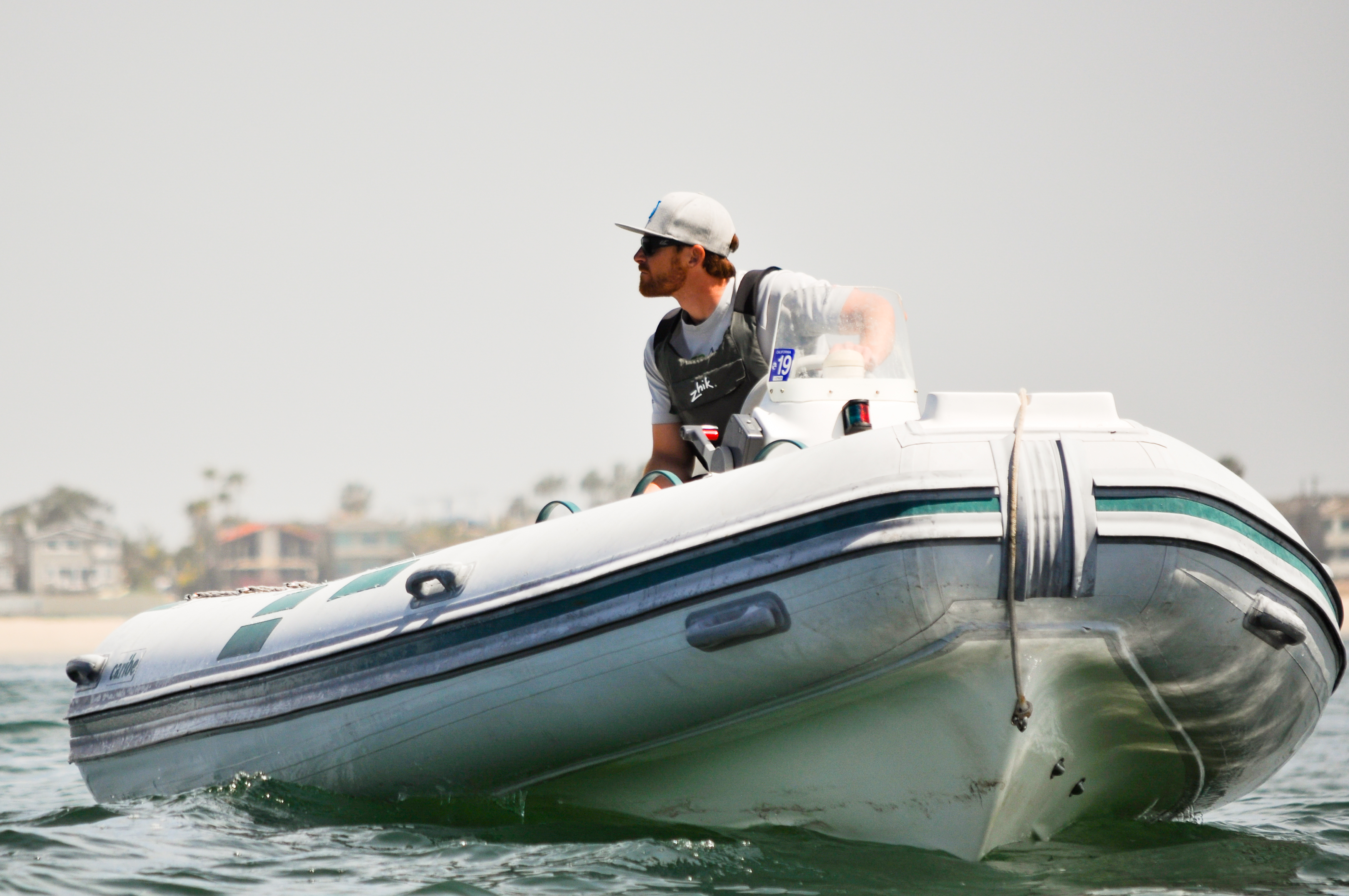Creating Well-Rounded Athletes
Sailing Performance Training founders, Mike Kuschner and Fred Strammer know how to effectively communicate with their athletes to enhance their performance. As we discussed in Part I of our Episode 7 break down, establishing accountability is essential, especially as a remote training organization. Now, we'll take a closer look into some of SPT's training methodologies, specifically when training youth athletes.
Training Youth Athletes
“We recognized some deficiencies coming up quite frequently at the Olympic level, so we began thinking, ‘what if we had these athletes 10 years before where they are right now?’ ”
The answer: Athletes with higher physical literacy.
With athletes as young as 12 years old, SPT believes that training youth athletes can enhance their overall level of play. By teaching athletes from a young age the correct way to move, their potential skill set for the future flourishes. These young athletes establish proper training habits, decreasing their risk for potential injury. They're focusing on the basics and becoming better equipped to add load later in their career. Most importantly, Mike and Fred are exposing these youth athletes to a side of performance training many seldom see.
“We are helping to create a curriculum and education that will enhance athletes physical literacy and enhance their chance to be able to do any sport they wish when they grow up.” - Mike Kuschner
The skills the athletes at SPT develop can be translated to other sports as well as to their personal lives. SPT prides themselves on harnessing an athlete's full potential in whatever he/she chooses to do.
"We want to build a community of athletes. A space for athletes to develop, be inquisitive and try new things outside of actual competition." - Fred Strammer on the SPT mission.
Mike puts this methodology to practice by encouraging his athletes to take on other sports in addition to sailing. SPT wants to develop well-rounded athletes and participating in different sports is a way in which youth athletes can easily expand skill sets.
“When it comes to sport performance, maybe a quarter of the factors are related to deliberate sport practice.” - Mike Kuschner
Benefits of multi-sport athletes:
- Development of new skills
- Perspective of gameplay
- Focus on strengthening performance weaknesses
- Less susceptible to burn-out
- Re-affirm commitment to /enthusiasm for a primary sport
Assessments for Tracking
SPT uses frequent assessments to determine an athlete's daily training aptitude.
Some factors SPT considers:
- Age
- Gender
- Previous sports players
- How they have developed
These factors then play a role in helping the SPT staff determine readiness to train. They have established standards for each age group to streamline their process.
Quarterly tests may include:
- Strength and Weaknesses
- Imbalances in their development
With these answers in mind, they can pinpoint an athlete's priorities, like having him/her work more on speed and agility or, if define a skill they may not have yet developed. They will then work backward to correct and ensure the athlete doesn't progress without a strong foundation.
Develop a Remote Routine
Youth development is challenging enough. Add in the remote factor and the obstacle grows. So, how does SPT combat this challenge?
By keeping it simple.
One of the first steps towards getting an athlete into a training routine is by establishing comfort in the gym. This is can be as simple as knowing how to rack their weights correctly or how to evaluate post-travel exhaustion.
“We ultimately are going to build curriculum so that it's affordable for the athlete to take little mini-courses on progressive muscle relaxation or visualization so they have the awareness” -Fred Strammer
Whether sailing for the love of the sport or to own a place on the next Olympic podium, SPT athletes are learning life long skills that can be applied well beyond their sport. These coaches are building the next generation of athletes, those capable to going from the court to the field to the water stronger than each season before.
About the Author

At Bridge, we are all athletes and coaches first. As athletes, our team has experienced everything from riding the pine on JV, to winning NCAA championships, to competing in the Olympic Games. As coaches, we have helped countless athletes reach their full potential, winning everything from age group section championships to Olympic Gold Medals.
Related Posts

2022 NSCA Coaches Conference
The BridgeAthletic team attended the 2022 NSCA Coaches Conference in San Antonio, Texas January 6-8...

2021 Fusion Sport Conference
The BridgeAthletic team attended the 2021 Fusion Sport Summit - North America at the UFC...

Building Connections with Megan Young
In this episode of Powering Performance, we are joined by Megan Young, formerly the High...





